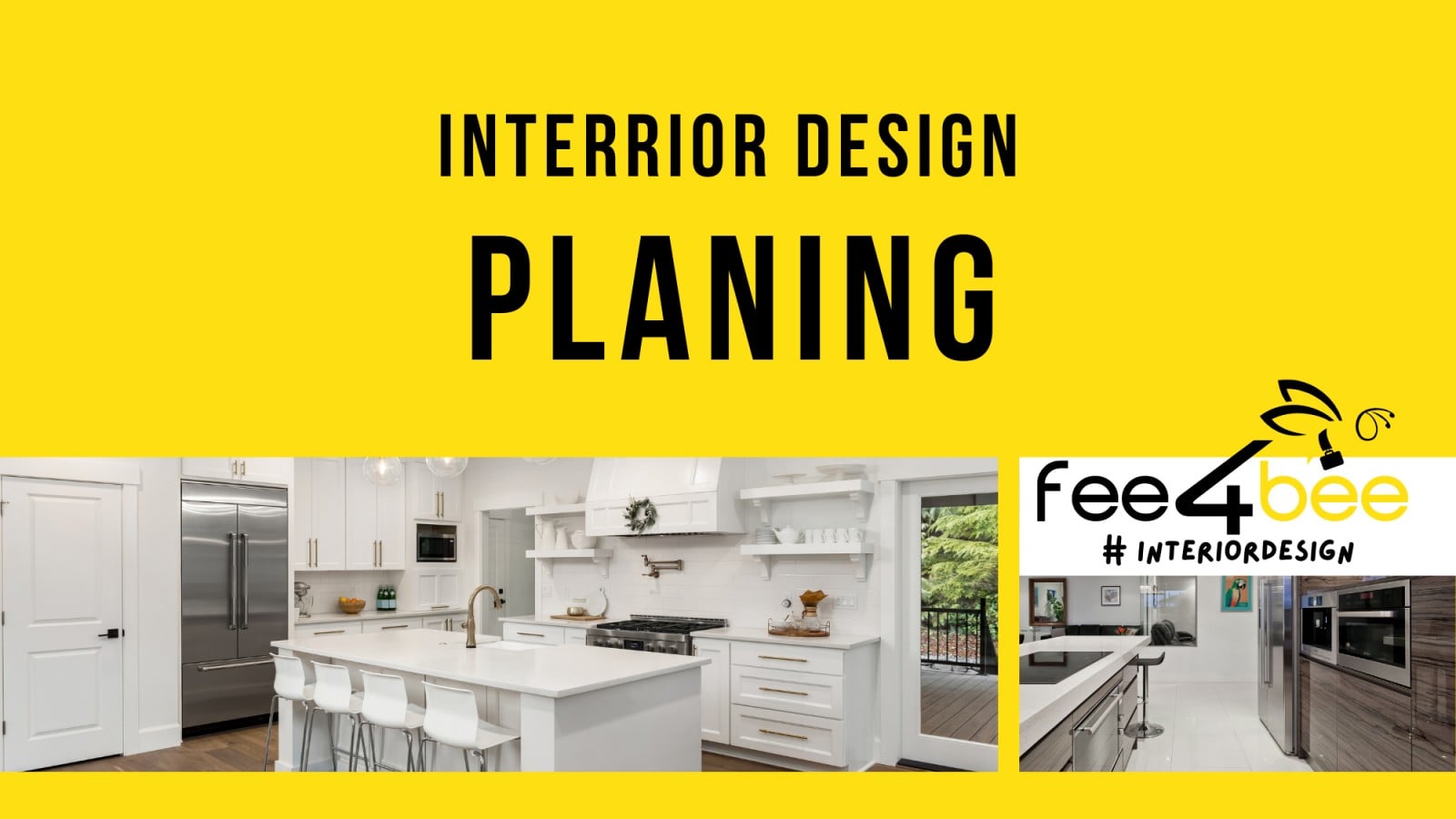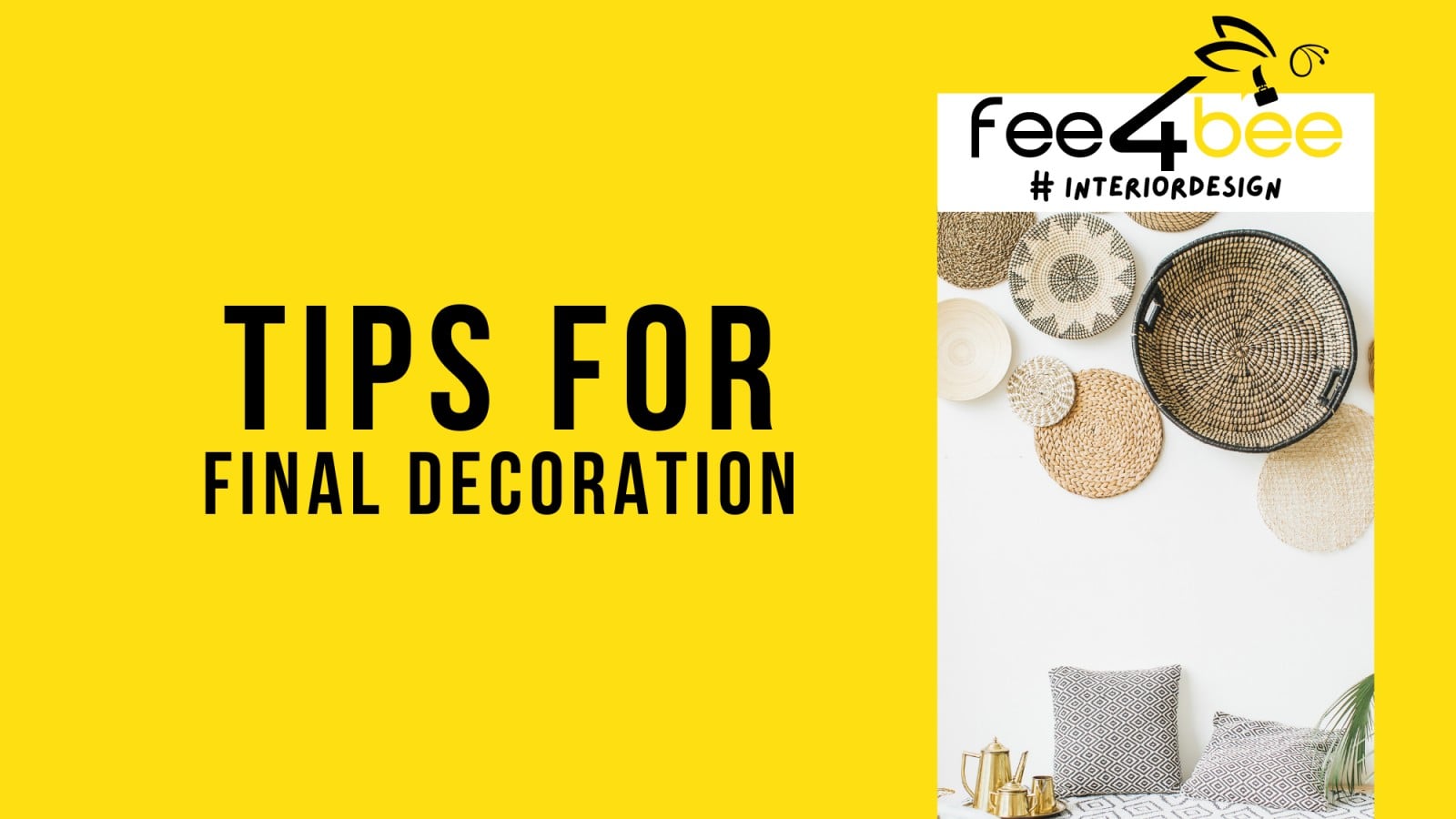- Winter Tasks
- Cleaning Services
- Moving Services
- Handyman
- Furniture Assembly
- Shopping and Delivery
- Office Services
- Commercial Cleaning
- Commercial Handyman
- Commercial Painting
- Conference Room Setup
- Office Housekeeping
- Office Movers
- Office Snack Delivery
- Office Supply Delivery
- Office Furniture Assembly
- Ergonomic Office Setup
- Office Setup & Organization
- Data Entry
- Proofreading services
- Office Administration
- Office Interior Design
- Business services
- Assembling IKEA furniture
- Assembling an IKEA kitchen
- IKEA dressing room assembly
- Assembling IKEA cabinets
- IKEA bathroom furniture assembly
- Assembling IKEA beds
- Assembling IKEA tables
- Assembly of IKEA seats
- Assembling IKEA sofas
- Assembling dressers IKEA
- Assembling IKEA racks
- Assembling IKEA pedestals
- Assembling children's furniture IKEA
- Assembling IKEA chairs
- Assembling other IKEA furniture
- Coaching
- Beauty and health services
- Domestic services
- Construction works
- Finishing work
- Services for animals
How to interior design your home? 6 steps to style your home like a pro

The goal of interior design is to make your house unique but most important make it comfortable for you and your family. Your style and preferences should reflect your personality and habits. Moreover, you should have an eye for your home's overall appearance and feel happy in it.
Stages of interior design planning

Hiring an interior designer can make the home renovation process much easier. The professional is familiar with many convenient interior solutions, knows about the newest building materials, and design trends. A freelance interior designer usually earns their fees by telling you what will work exactly for your home so you don't have to spend on finishes or accessories after a year of use. You get the perfect home for many years ahead on the first try.
While you may not have the budget to pay a professional interior designer, you can still give your home an attractive look. You can try to design your interior DIY if you possess the talent to visualize a room with wall hangings, furniture placements, rugs, accent choices and other details. You can learn how to plan your interior by yourself by adhering to the following general rules:
- The main step in interior designing your home is choosing a theme. This theme can be inspired by anything from movies to Pinterest. Discuss the overall style with your family members to find something everyone will like.
- Use a mood board. A mood board is a way to organize your best design ideas. It helps you to imagine the space, colours, and decor. Many people take visuals well so a mood board is a perfect way to get started so everyone can see how ideas will work together.
- Next, decide which colour scheme you'd like for each room. For example, if you want the living room to have a warm feel, choose a yellow or orange colour scheme. Do not forget that there is a recommended colour scheme for each room in the house. For the bedroom, these are soothing bed tones, for the kitchen - cold and light, allowing you to keep it clean.
- It is important to create a floor plan so that you can accurately layout furniture and appliances. You can also experiment with the placement of the furniture in order to ensure it will fit in the space. However, be sure to use a level of accuracy when creating a floor plan.
- Learn ergonomics for living spaces to see how your furniture will fit in with the rest of your room. A well-designed interior plan will ensure that your furniture is comfortable and doesn't overcrowd the room. You will be able to talk more consciously with cabinet makers and understand what cabinets you would like to use in the kitchen and bathroom.
- Consider a budget. Once you've made a plan, it's time to determine how well it fit your budget. Be prepared to plug in an additional 15-20 percent for unexpected costs. They will arise.
What are the main types of interior design?
There are many styles of interior design, each with its own distinctive features. Conditionally, they differ in three main indicators of luxury, space and comfort.
Traditional interior features dark woods, rich tones, and sophisticated colours. The furniture is typically upholstered in rich fabrics and includes floral patterns and architectural details. The decor is very symmetrical, with an emphasis on patterns and textures.
The minimalism style is a great choice for high-tech spaces. This style is typically composed of clean, uncluttered lines, and geometric patterns. Minimalism tends to be monochromatic, with black and white as the most popular colours. This style in the interior will well suit people who do not allow mess and chaos in their homes. To embody this style, you need a lot of space, high ceilings, large windows, a lot of natural light and a big budget.
Contemporary interior designs focus on functionality. Its popularity grew as post-war American designers explored the possibilities of using mass-produced goods. The contemporary style often has clean lines, restrained furnishings, and neutral colour palettes. The style is characterized by plenty of natural colours and great scope for the DIY craft.
But no matter what style you prefer, you are sure to find one that suits your taste and personality.
How to find your interior design style?

You have spent a lot of time searching for interior design ideas and inspiration. Now take a moment to look through all of the information you have. It is time to add your personal touches to a typical magazine design.
Your lifestyle is the most important factor when it comes to the decoration of your home. If you spend a lot of time hosting dinner parties, your living room should be very different from the family man's living room. If you'd prefer to spend more time watching TV, you should choose a room with a dark and cozy tone. This will help make your home look suited to your personality. In addition, your home's interior design should be functional and comfortable.
Three colours and shades in colour schemes
The colour and texture can create miracles in a boring layout. When it comes to a colour scheme choosing this is where the real work begins. Аn interior overloaded with colours will strain your eyesight all the time. This is the reason why designers recommend using a three-colour scheme. It should look according to the formula, taking into account the colour of the walls, floor, and all interior items:
| main colour | 60 percent |
| complementary colour | 30 percent |
| accent colour | 10 percent |
The main colour is used for walls. Large pieces of furniture, curtains or accent wall should contrast with it, that would be a second colour on the scheme. The third colour or shade is for small accessories. It is essential to mix small and large for a home that is functional and beautiful. Rooms with just one main colour can be dull. However, you can also use a combination of textures and patterns instead of shades.
Find the best lighting solution
The right lighting can make your interiors feel brighter and more spacious than they actually are. The key is to consider the overall look of your space before making your selections.
The ceiling lighting should be bright enough. Best when it is warm (2700 to 3400 Kelvin) or neutral light (3400 to 5000 Kelvin). Make sure that the light brightness of the lamp matches the area of the room. With a standard ceiling height of 2.7 meters, calculate the brightness of the fixtures as follows
| Light level | Room type | Brightness required |
|---|---|---|
| Dimmed rooms | Bedroom, hallway | 100 - 150 Lm for 1 sq. m |
| Average lighting | Bathroom, children's room, kitchen | 200 - 230 Lm for 1 sq. m |
| Brightest light | Living room, office | 250 - 280 Lm for 1 sq. m |
Dimmed light is more flattering and cozy. This type of light is applied in the evening to create a calm atmosphere. Typically, this type of light is emitted through a shade or opaque glass bulb. This is an excellent choice to complement lighting scenarios.
Decorative light makes a room feel expensive. You can add a focal light above the picture, or LED tape as a shelf decoration. Usually, this type of lighting is lit automatically with other lighting fixtures or with the help of a smart home system. It may not seem like much, but it will make a big difference in the completed interior.
Final decorating tips

There are no hard-and-fast rules for decorating your home. The good news is that you can add and remove decorative elements at any time, they do not have to be planned along with the entire interior layout. They just help you achieve a more cohesive look.
Do not overload the interior
While you might have a general idea of what you want to decorate your home with, you need to remember that it's not a showroom. It isn't your job to make your home look like the latest magazines or catalogs. Most of the photos you see online are just photographs showing you how great a piece of furniture looks. Your home should feel like your own, so add a few sentimental or eclectic items to give it your own personal style.
Houseplants
One of the most effective interior decorating tips involves using plants. They not only add life to a room, but they also improve air quality. Many plants are low-maintenance, making them great for do-it-yourself interior decorating. Boston ferns, snake plants, and aloe vera are all low-maintenance houseplants.
Combine mass-produced goods with exclusive ones
Don't buy things that will simply fill a room. If you want to create an interesting look, you can buy bespoke furniture. You might even want to get an odd-shaped coffee table to stand out from the rest of the decor. One unusual detail can give your home an entirely new feel and be noticed by guests.
The best way to make your home look inviting is to keep it comfortable. It is not necessary to have all the accessories you want. Just choose the items you like for each area.